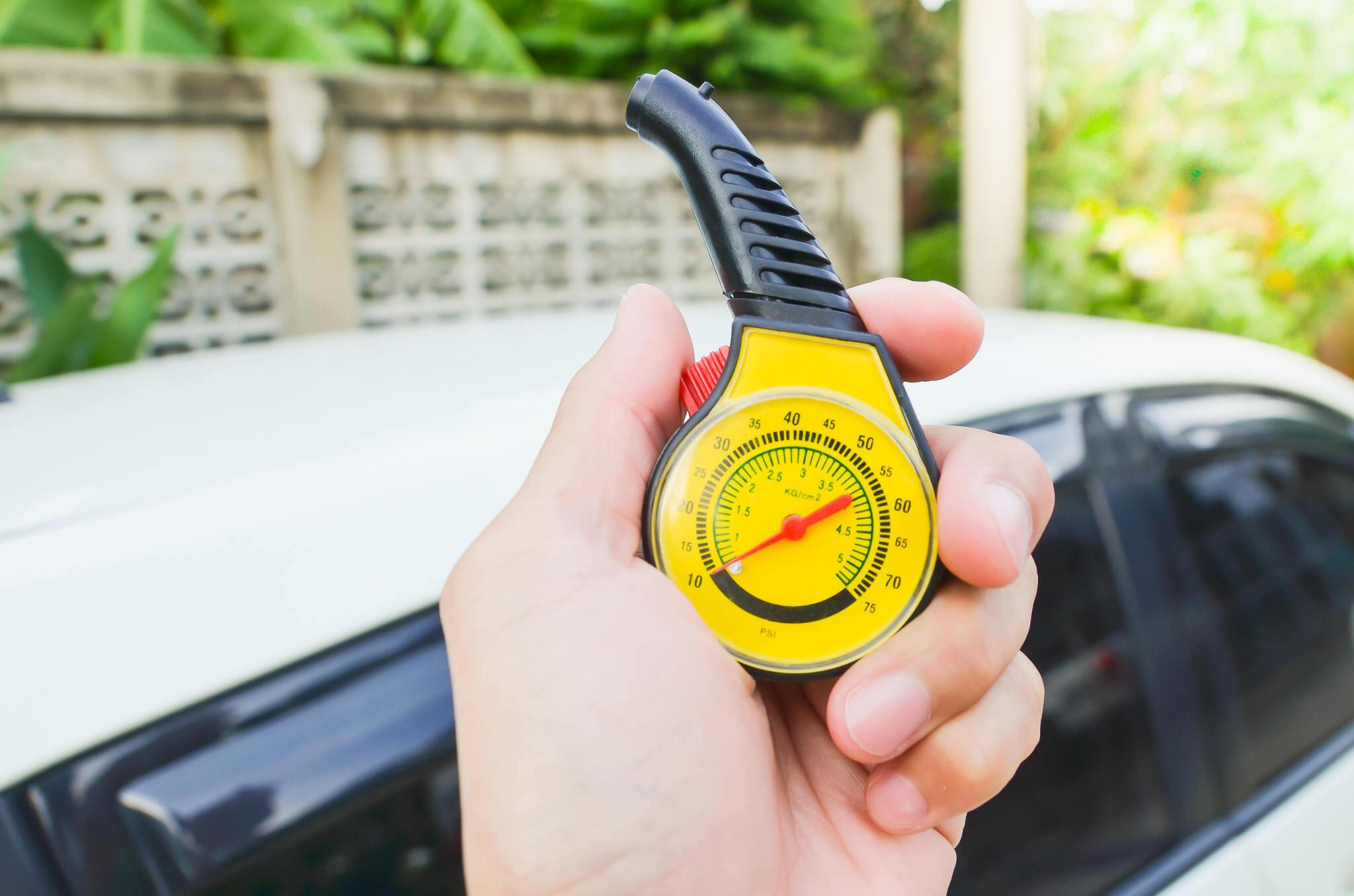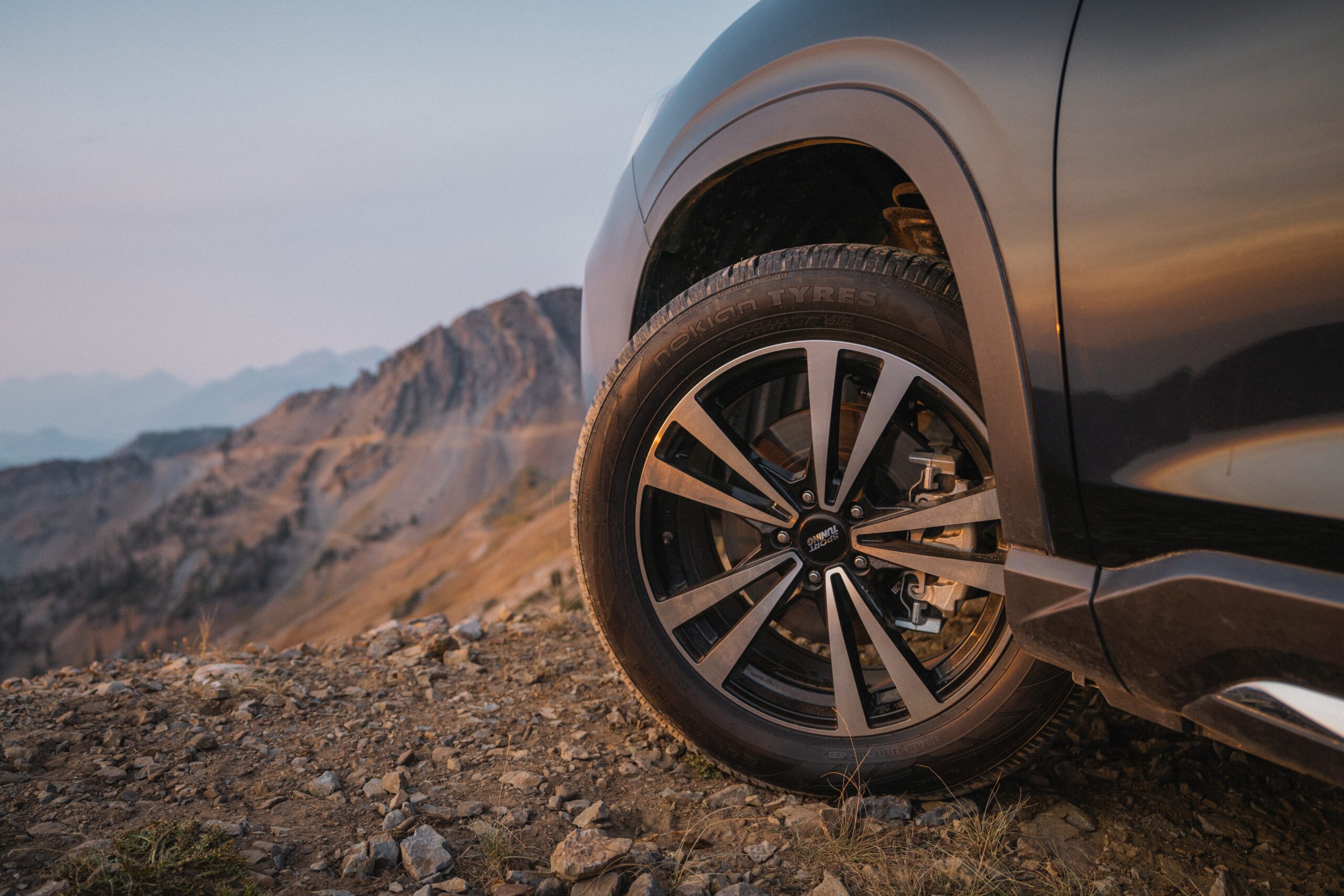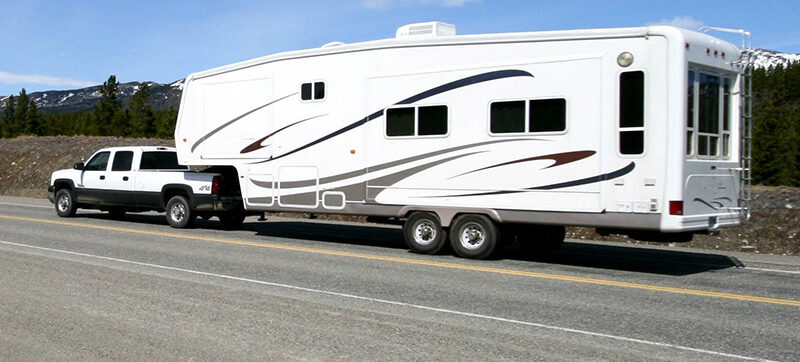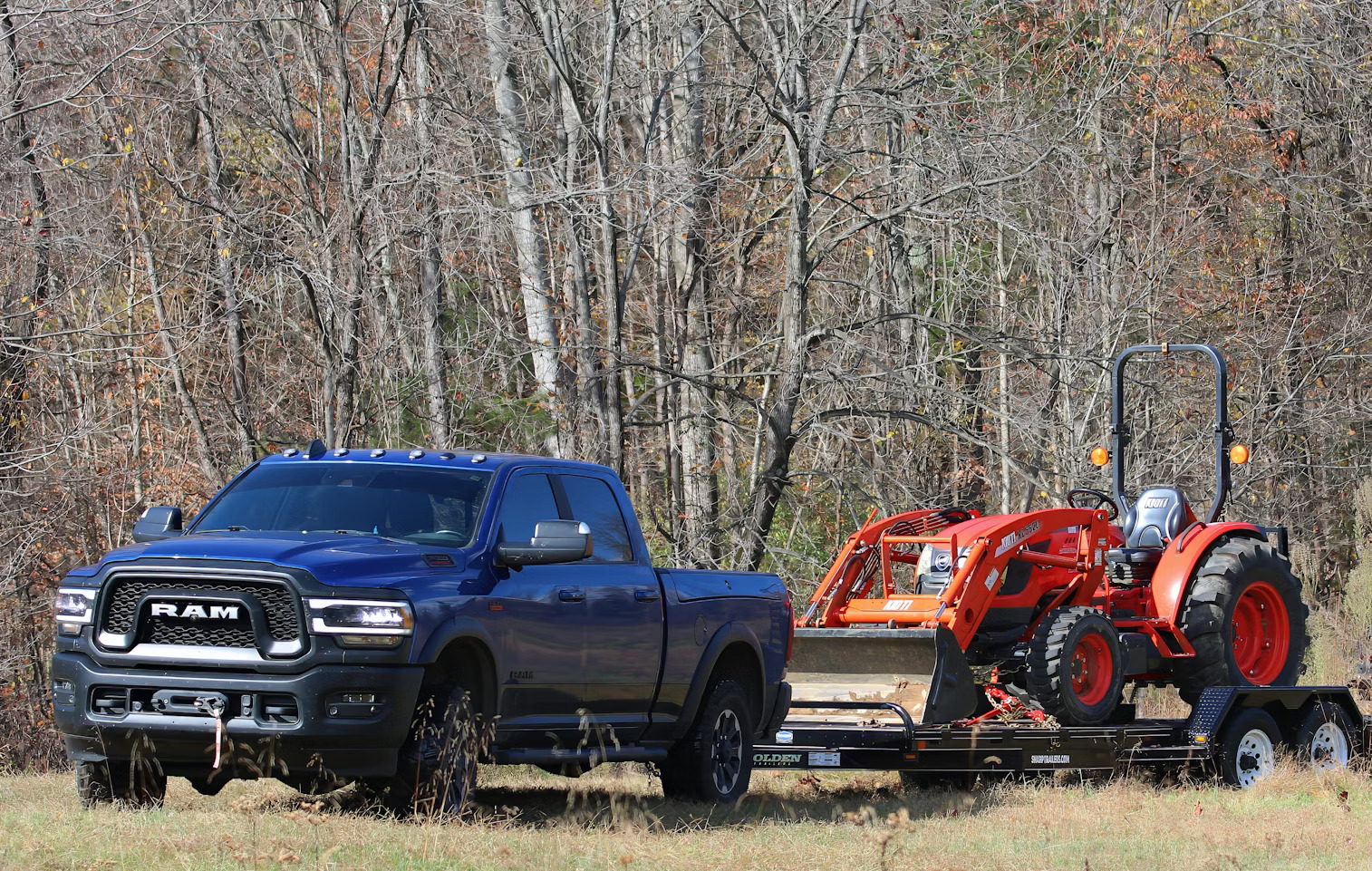Last Updated on July 30, 2025
Maximizing Winter Safety with Snow Tire
As the vibrant Autumn colors begin to paint the landscape, it’s easy to forget about winter. But depending on where you live, the first snowfall might arrive sooner than you think. This year, don’t get caught off guard. Prepare for winter by getting your snow tires in advance because it doesn’t matter when the snow shows up; you’ll be ready.
Why Should You Get Snow Tires Now?
As the leaves begin to fall and the temperatures drop, it’s a reminder that winter is coming. While the first snowfall may seem distant, preparing in advance is essential. Here are some compelling reasons to consider getting your snow tires now:
- Stay Ahead of the Weather: Winter weather can be unpredictable. Purchasing your snow tires early will avoid the last-minute rush and ensure you’re ready for any unexpected snowfall.
- Safety First: Snow tires are designed to provide superior traction and control on slippery winter roads. Don’t compromise on safety; invest in the right tires before the season begins.
- Save Money: Tires-Easy’s exclusive sale offers top-quality snow tires at discounted prices. Waiting until the first snowfall might limit your choices and cost you more.
The Science Behind Snow Tires
When it comes to winter driving, the right equipment can make all the difference. Snow tires, designed specifically for cold and icy conditions, ensure your safety on the road. But have you ever wondered what makes snow tires different from regular ones?
1 Rubber Compounds
One of the key distinctions lies in the rubber compounds used in snow tires. These tires are softer rubber that stays pliable even in freezing temperatures. This flexibility allows the tire to grip the road better, providing you with better control and traction.
2 Tread Patterns
Snow tires are equipped with unique tread patterns. These patterns include deeper grooves and more sipes, which are tiny slits in the tire’s surface. These features help to channel snow and slush away from the tire’s contact patch, preventing it from becoming packed with snow and losing traction.
3 Microscopic Biting Edges
Snow tires also have a multitude of tiny biting edges. These edges are crucial for maintaining grip on icy roads. As the tire rolls over ice, these edges grip the surface, giving you better control and reducing the chances of slipping.
4 Studs or Studless
Some snow tires come with metal studs that protrude from the tire’s surface. These studs can provide even more traction on icy roads but are not always necessary. Many modern snow tires are designed to be studless, relying on their advanced tread patterns and rubber compounds for grip.
5. The Right Time to Switch
Knowing when to switch to snow tires is crucial. It’s not just about when the snow starts falling but also about the temperature. Once the temperature consistently drops below 45°F (7°C), it’s a good time to consider putting on your snow tires. This early switch ensures you’re prepared for any unexpected early snowfall.

Conclusion
The science behind snow tires is all about optimizing grip and control in challenging winter conditions. These tires are engineered to handle the cold and give you the confidence you need when driving in snowy and icy weather. So, as winter approaches, ensure your vehicle is equipped with the right set of snow tires to keep you safe on the road.
Why Choose Tires-Easy?
Winter tires, often called snow tires, are specially designed to perform in cold, icy, and snowy conditions. They feature unique tread patterns and rubber compounds, providing excellent traction on slippery surfaces. Here’s why you should consider them:
- Superior Traction: Snow tires are engineered to bite into snow and ice, providing you with the grip needed to accelerate, brake, and corner with confidence.
- Improved Handling: These tires enhance your vehicle’s stability and control, reducing the risk of skidding and accidents.
- Safety: Winter tires are designed to keep you safe in challenging winter conditions. Don’t compromise on safety when it matters most.
Explore Your Snow Tire Options?
At Tires-Easy, we offer a wide range of snow tires to suit your needs and budget. Whether you’re looking for high-performance options or affordable solutions, we have you covered. Please take advantage of our sale now and ensure a safe and worry-free winter.
Get Prepared with Tires-Easy
Check out our website this week and be ready for the snow; all winter tires are on sale now!
FAQs
Do snow tires go on the front or all?
Snow tires are generally recommended for all four vehicle wheels to ensure balanced traction and control. However, some drivers only install them on the front or rear wheels, which can affect the vehicle’s overall handling.
How can you tell if a snow tire is all season?
Snow tires are designed with specific tread patterns and rubber compounds to excel in cold, icy, and snowy conditions. On the other hand, all-season tires are designed to provide adequate performance in various weather conditions, including light snow. You can typically identify an all-season tire by its tread pattern, which is less aggressive than a dedicated snow tire.
Where should snow tires be put on?
Snow tires are most effective when installed on all four wheels of your vehicle. This provides balanced traction and control, which is crucial for safe winter driving. If you install them only on the front or rear wheels, you may experience imbalanced handling, which can be dangerous in snowy or icy conditions.
Should snow tires be on the front or back?
For optimal traction and control, installing snow tires on all four wheels of your vehicle is generally recommended. However, putting them on the rear wheels is safer if you can only afford to replace two tires. This helps prevent oversteering and improves stability when driving on slippery surfaces.
-
Automotive Specialist
-
Proofreader
-
Writer









